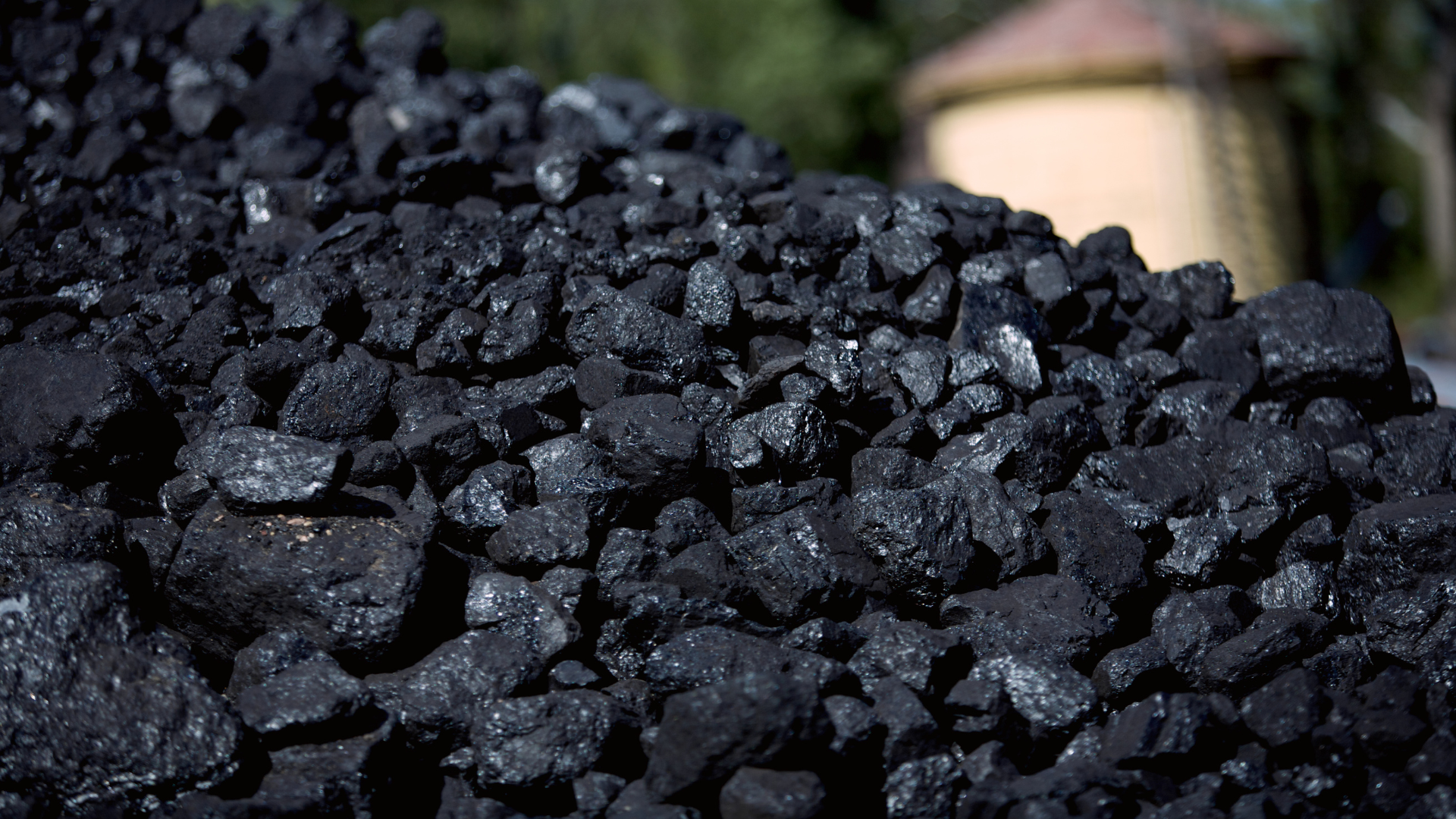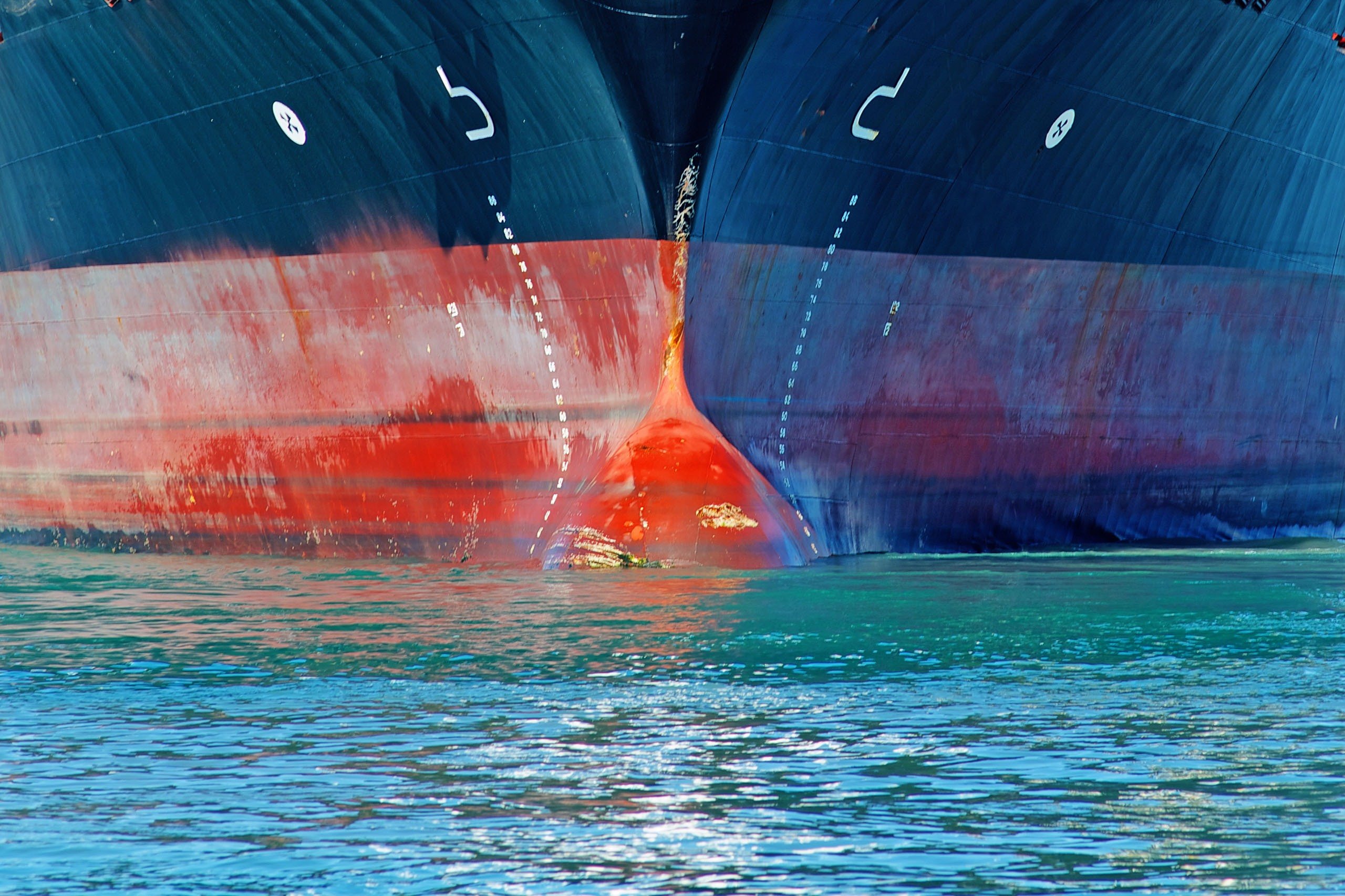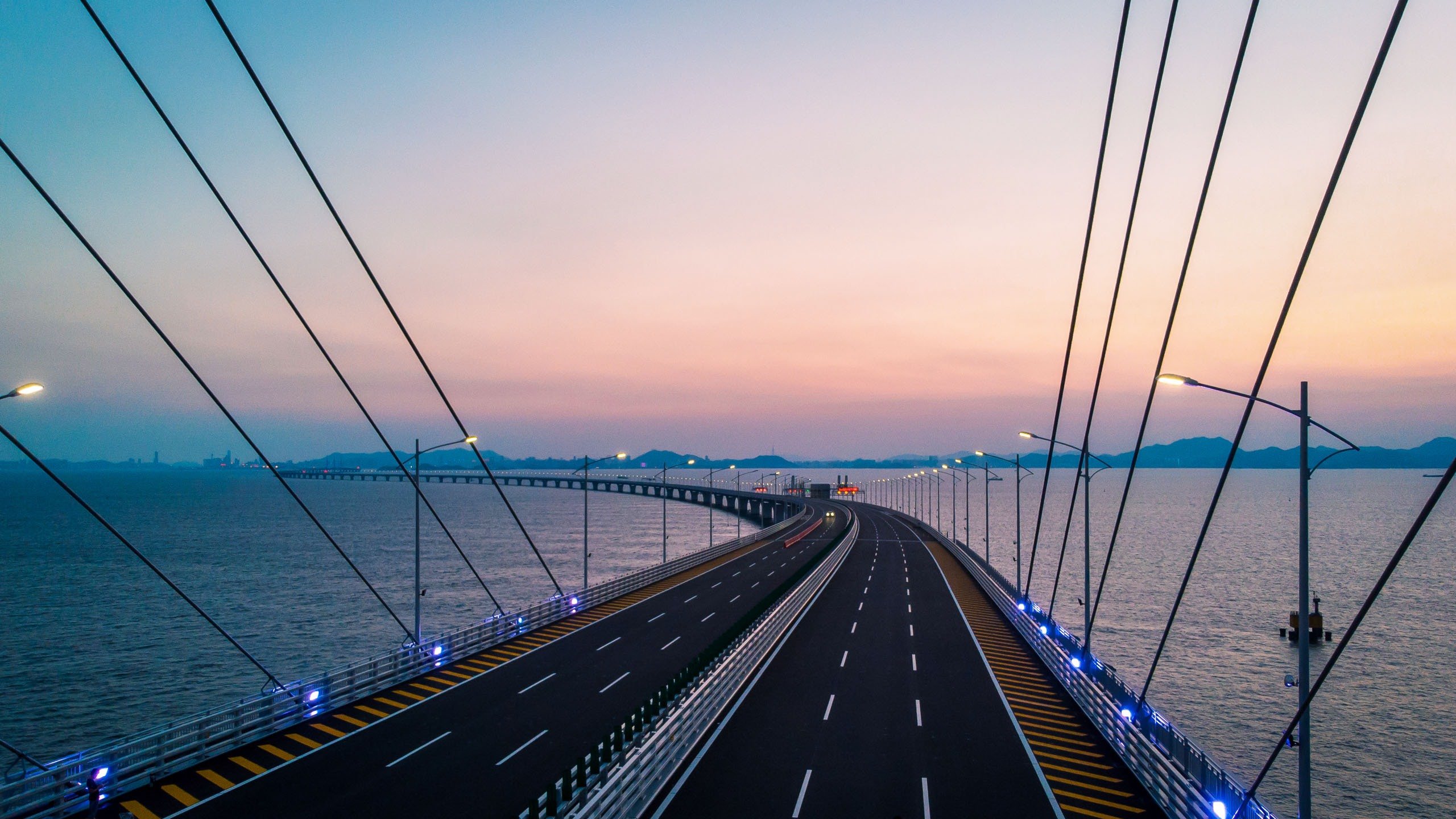Typical technical problems experienced by shipowners when they are required to use low-sulphur fuels include issues with the supply and storage of lowsulphur fuel, problems with machinery operation when using low-sulphur fuel, incompatibility between fuel types, and difficulties and delays when changing over from one fuel type to another.
To avoid such problems, shipowners should consult their engine and boiler manufacturers for advice on operating with low-sulphur fuel and the need for any equipment and system modifications.
Shipowners should also ensure that:
- all equipment including engines, purifiers, filters, fuel systems and sealing arrangements are correctly maintained
- fuel oil viscosity and temperature control equipment is accurate and fully operational
- system temperature and pressure alarms, fuel filter differential pressure transmitters and so on are accurate and operational.
On each ship the fuel change-over procedure should be clearly defined and understood. Engineers need to be fully familiar with fuel systems and main engine starting systems and establish 'failure to start' procedures. Starting air pressure should be monitored during manoeuvring operations and the deck department needs to appreciate the limitations of starting air availability.
During standby, two (or more) generators should be run in parallel while ensuring sufficient power
availability should one stop or trip.
Switchboard power loads should be monitored and balanced equally. Prior to arriving at the pilot station
and, if practical, before approaching the berth, the astern operation of the main engine should be tested. Procedures should also be established to ensure that there is adequate electrical capacity available before starting up lateral thrusters, mooring equipment or other heavy equipment, bearing in mind that simultaneous starting of large electric motors will lead to a large power surge and possible overload.
Ships fitted with shaft generators should, where appropriate, changeover to auxiliary generator power well
before entering restricted waters and undertaking critical manoeuvres. Manufacturer's guidelines should be
followed and ship's staff guided accordingly.
For further information about lowsulphur fuel problems and solutions, please see
UK P&I Club Risk Focus:
Consolidated 2016
For more information on air pollution regulations download our Air Emissions legal briefing.




